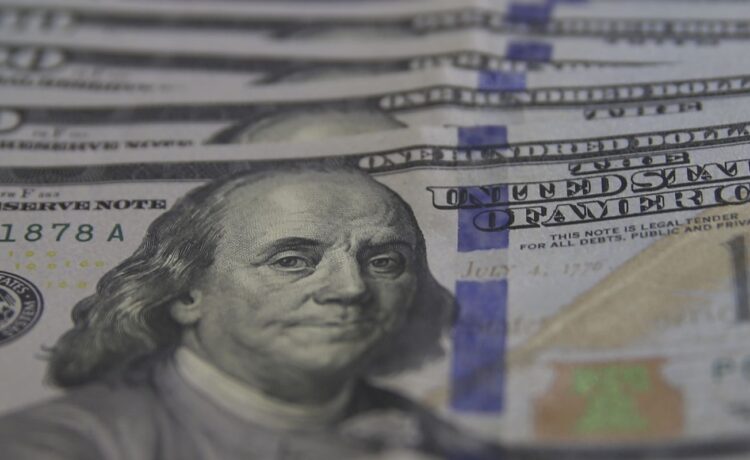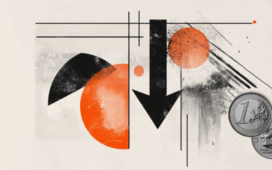In August, Brazil’s external accounts showed a deficit of USD 4.7 billion. Despite the negative figure, the result is favorable compared to the USD 7.2 billion deficit in the same month last year. The data were released Friday (Sep. 26) by the Central Bank.

The survey shows that, in the 12-month period ending in August, the deficit stood at USD 76.2 billion – 3.51 percent of the GDP. In July, the indicator was USD 78.7 billion – 3.66 percent. In August 2024, the negative balance reached USD 43.6 billion – 1.95 percent.
Year to date, the deficit is USD 46.8 billion – the highest for this eight-month span since 2015 (USD 51.6 billion).
Behind the figures
External accounts are calculated using indicators such as:
- balance of trade;
- balance of services (expenses on transportation, travel, insurance, equipment rental, intellectual property, and telecom);
- primary income (salary payments, interest remittances, profits, and dividends); and
- secondary income (transfers between individuals).
A negative balance for external accounts means that the country sends more money abroad than it receives. In the long term, this can cause the national currency to depreciate and the government to borrow more in foreign currency.





